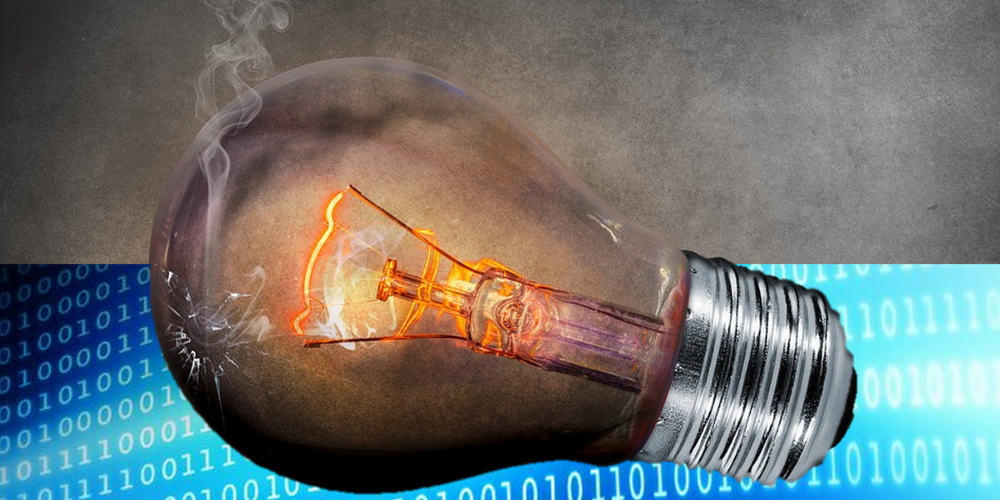Software development programs that implement the internet of things today have to include measures to protect privacy and strengthen security as data becomes more and more accessible via the internet and connected devices. When it comes to IoT privacy, courts have to resort to the U.K. Consumer Protection Act 1987, ad and anti-surveillance laws established to counter the inferior security practices of manufacturers. The legislation simply has not been able to keep up with technology innovation, and thus, cases are being bent to fit current existing laws.
Source: Regulation for IoT security and data privacy | IoT Agenda

